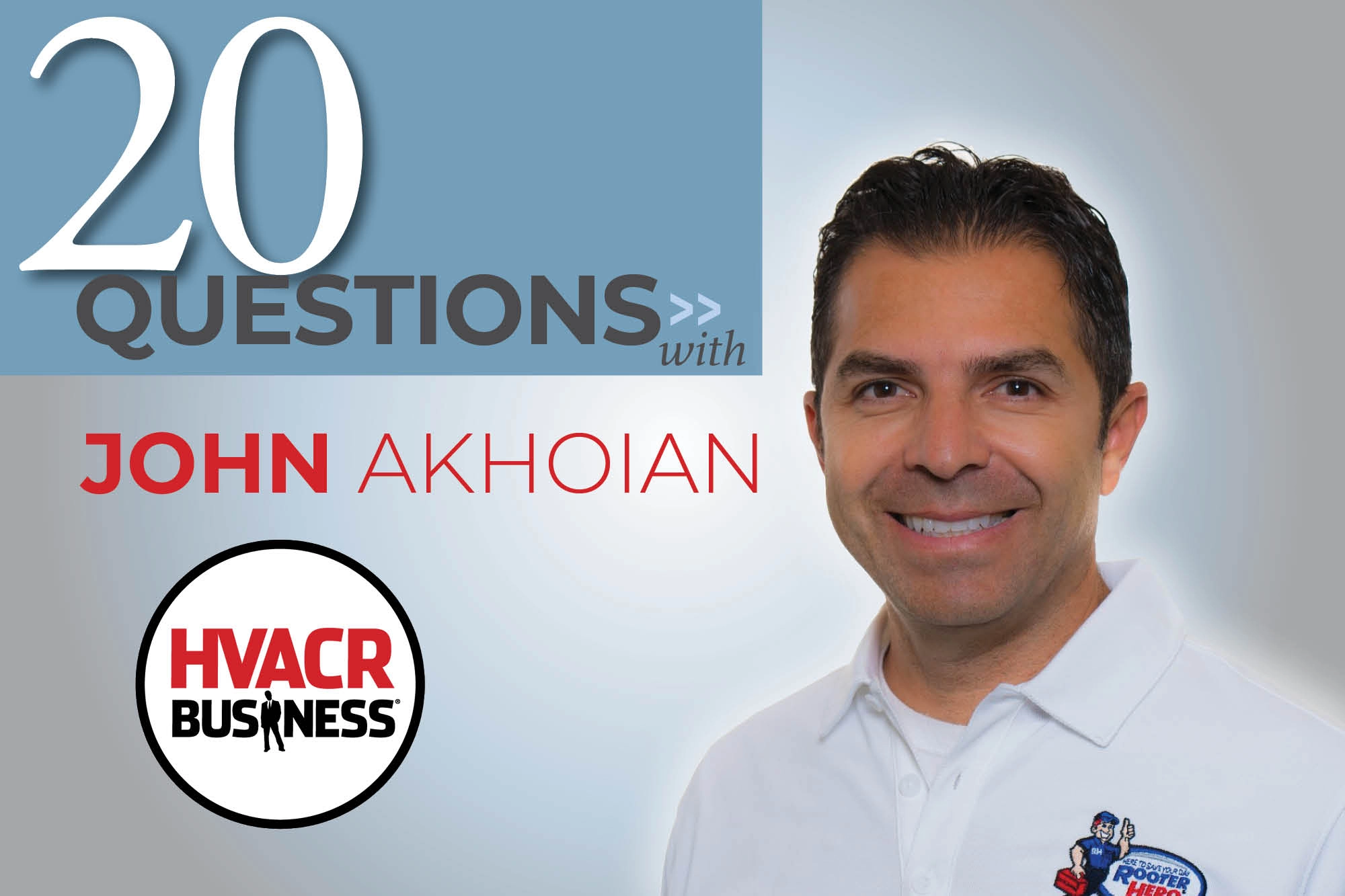Blanchard discusses servant leadership, changing your management philosophy and being a role model for your employees.
1. Your first book, "Management of Organizational Behavior," introduced situational leadership and has been a best seller for 40 years. Did you ever think it would have that much staying power?
Not a chance! Paul Hersey and I both were unknown. I think the reason the book has been successful is because neither Paul nor I knew any big words and we were always looking for ways to make the complicated simple.
2. You wrote "The One Minute Manager" with Spencer Johnson. Was keeping it simple the plan?
Yes. Spencer was a children’s book writer and I was a storyteller, so we agreed we would write a parable. For more than three decades, the simple tools of One Minute Goals and One Minute Praisings continue to produce great results and human satisfaction.
3. When did you know you were on to something?
We self-published "The One Minute Manager" and introduced it at the National Restaurant Association meeting in 1980. We sold more than 700 copies at $15 each — an amount unheard of in book publishing at the time. I sent a copy to Ronald Reagan and got a personal letter of thanks.
4. You don’t show signs of slowing down — why keep going?
Because life is a very special occasion and I don’t want to miss it! I learned from Norman Vincent Peale, my 80-something coauthor on "The Power of Ethical Management," every day is an opportunity to learn. If you stop learning, you might as well lie down and let them throw the dirt on top of you, because you’re already brain dead.
5. Why does it seem politicians and CEOs who fall from lofty heights lack many leadership skills?
The world is in desperate need of a new leadership role model. I don’t think self-serving leaders lack skills; it’s just they think leadership is all about them and their own self-interest. That’s a heart and head problem, and not a hands and skills problem.
6. Has the money simply become too large for some in leadership roles to put the company first?
Self-centered leadership happens at all income levels. On the other hand, you can have great leaders at all income levels, too. As Mark Miller and I point out in "The Secret: What Great Leaders Know and Do," you don’t necessarily need a powerful position to be a good leader.
7. Do small business owners have the same leadership challenges as those at large companies?
Absolutely. It’s just the magnitude that’s different. Leadership is leadership. You have to provide vision and direction to inspire and motivate people.
8. What is servant leadership?
There are two parts to servant leadership: vision/direction and implementation. It’s the leader’s responsibility to make sure the vision is set. That’s the leadership aspect of servant leadership. Implementation is the servant aspect of servant leadership.
9. What type of personalities have you found to be effective as servant leaders?
I know servant leaders with all types: introverts and extroverts; type A and type B; logical thinkers and intuitives — you name it. The common denominator of all these people is they have a servant heart.
10. Is this something every leader should consider?
Absolutely. The world is desperately in need of a new leadership role model. I don’t think a person can become a truly great leader until they understand they’re here to serve, not to be served.
11. What other types of models are most effective?
All the great leadership models imply servant leadership. You can’t become a situational leader unless the people you’re leading have clear, observable, measureable goals. You determine the appropriate leadership style so you can better serve them during the implementation phase.
12. What reoccurring mistakes do leaders make?
They’re so busy dealing with today’s problems that they’re not paying attention to tomorrow. It’s a mistake to task people with present time leadership positions to plan the future.
13. Why is it so difficult for organizations to look toward the future?
Because they’re either overwhelmed with the present or have a vested interest in it.
14. What does it take to change your philosophy?
A willingness to be honest about what’s working and what’s not. Then you have to be humble enough to admit your mistakes and smart enough to learn from them. You also have to be humble and smart enough to learn from other people.
15. Why is it important to be a role model for your employees?
People tend to do as you do, not as you say. Leaders can’t just give lip service to things such as their commitment to the vision and values — they have to live them.
16. Are you currently working on another book?
I just finished working with Morton Shaevitz on "Refire! Don’t Retire: How to Make the Rest of Your Life the Best of Your Life." The book has a lot of applications for the workplace, too, in terms of refiring with your people emotionally and intellectually. Also, William Morrow will be publishing "The New One Minute Manager" in May, which is very exciting, as we think the One Minute concepts will reach a whole new audience of leaders.
17. What have you learned about working with family?
If you want to run a successful family business, you have to provide some structure around it. When our son Scott, daughter Debbie and Margie’s brother Tom joined us more than 20 years ago, we hired an outside consultant. The five of us, including my wife Margie, have met each quarter with a consultant for more than 20 years. As a result, we’ve been able to work well together and keep our loving family relationships going.
18. Change initiatives require strategy, process and communications. Is one more important?
They’re all important. Not having a strategy for your change is like navigating without a map. Don’t be surprised if you don’t arrive where you intended to go! Likewise, if you don’t take the time to develop a process during which you allow people to surface and communicate their concerns about the change, chances are good the change won’t happen.
19. Why implement change management?
An opportunity for change management occurs when there’s a difference between what you want to see happening and what’s happening. If your organization is not on track to achieve its vision; if you’re not seeing the outcomes you desire; if you’re having problems with budgeting, productivity, or morale, then it’s time to consider a journey toward change.
20. Your firm offers dozens of services — enterprise consulting, leadership development, strategy, situational leadership and much more — do you have a favorite?
My favorite leadership style is Situational Leadership II. For more than 45 years it’s been considered the most effective way to lead and motivate people. It has passed the test of time. So has "The One Minute Manager."






